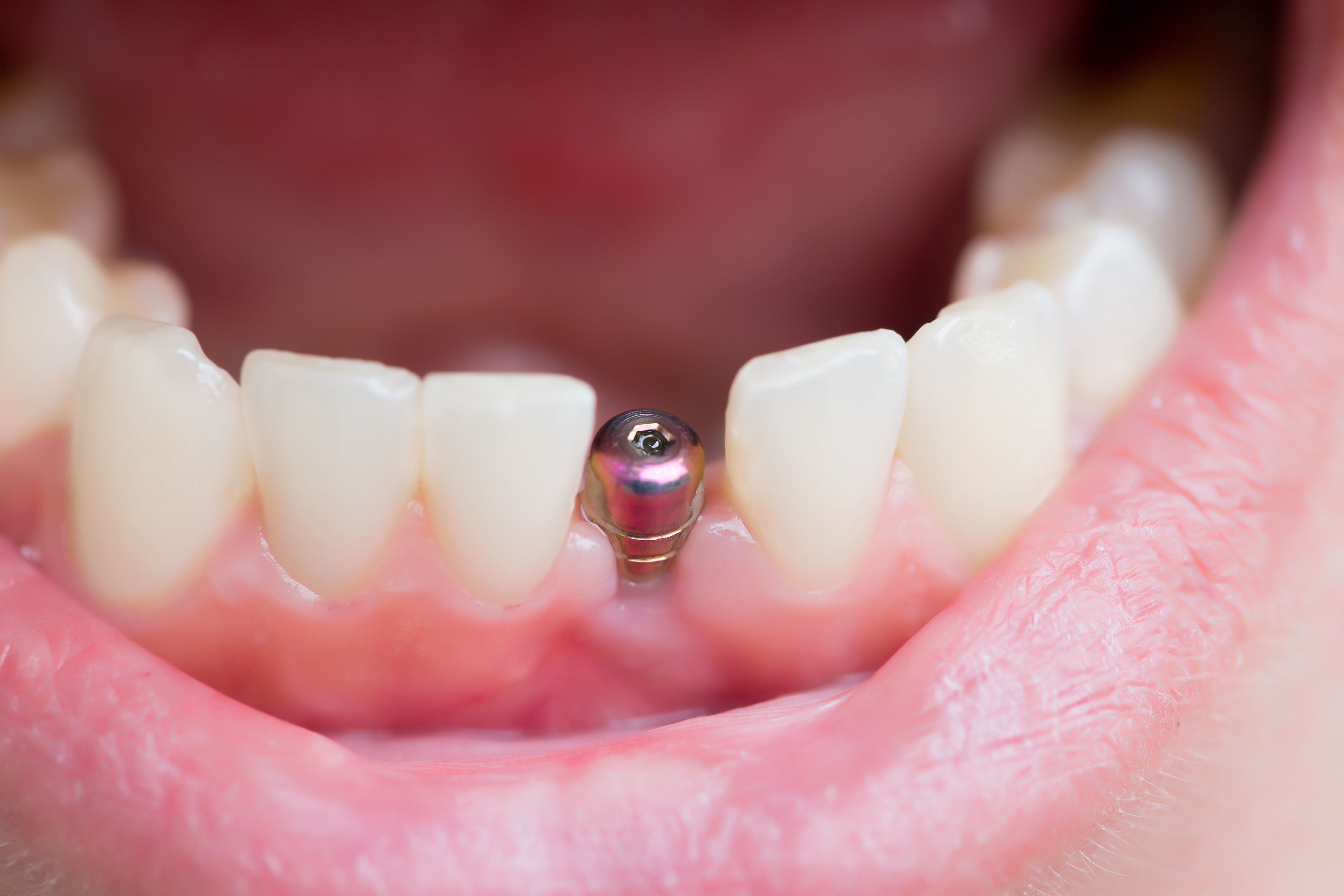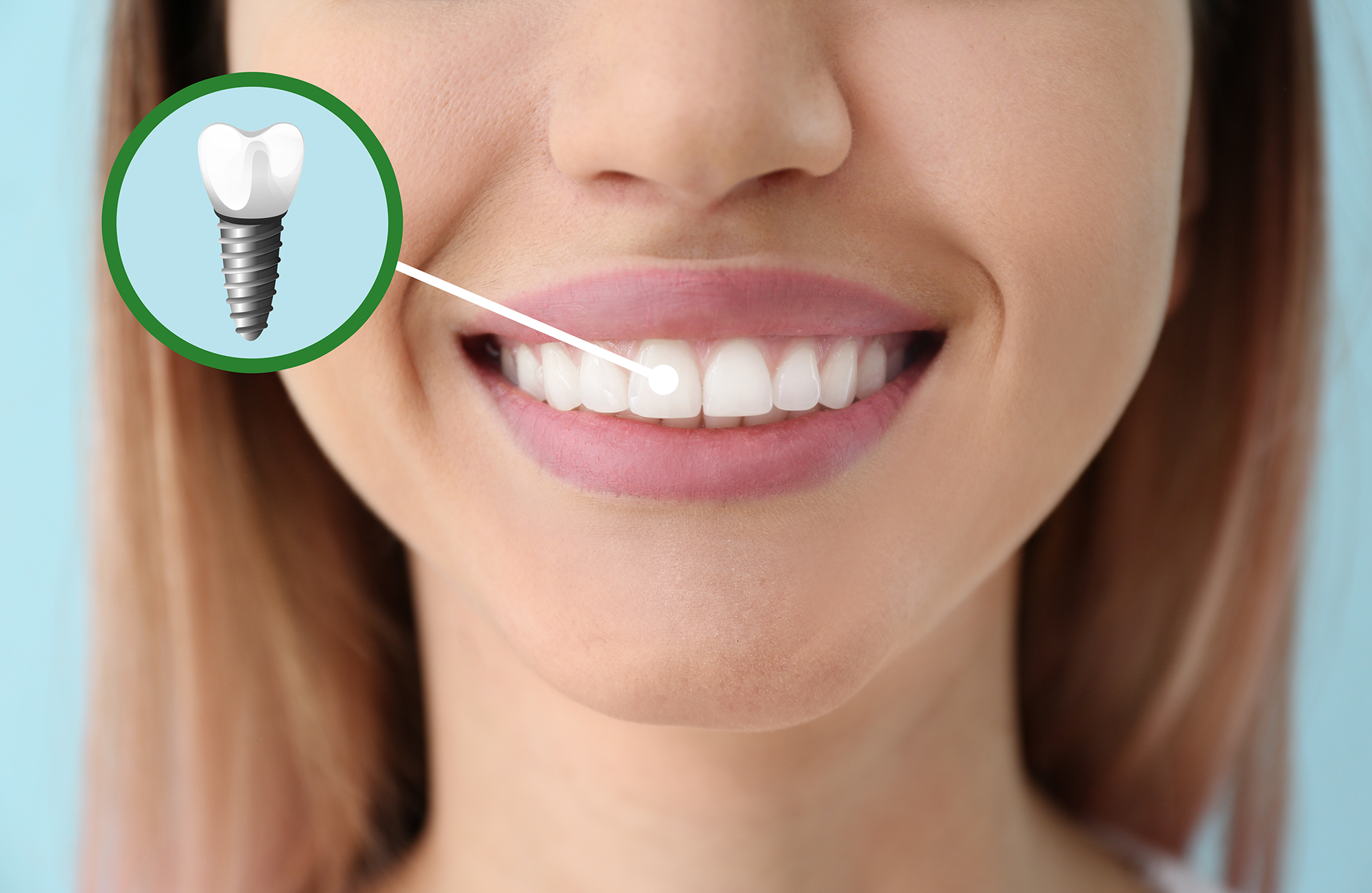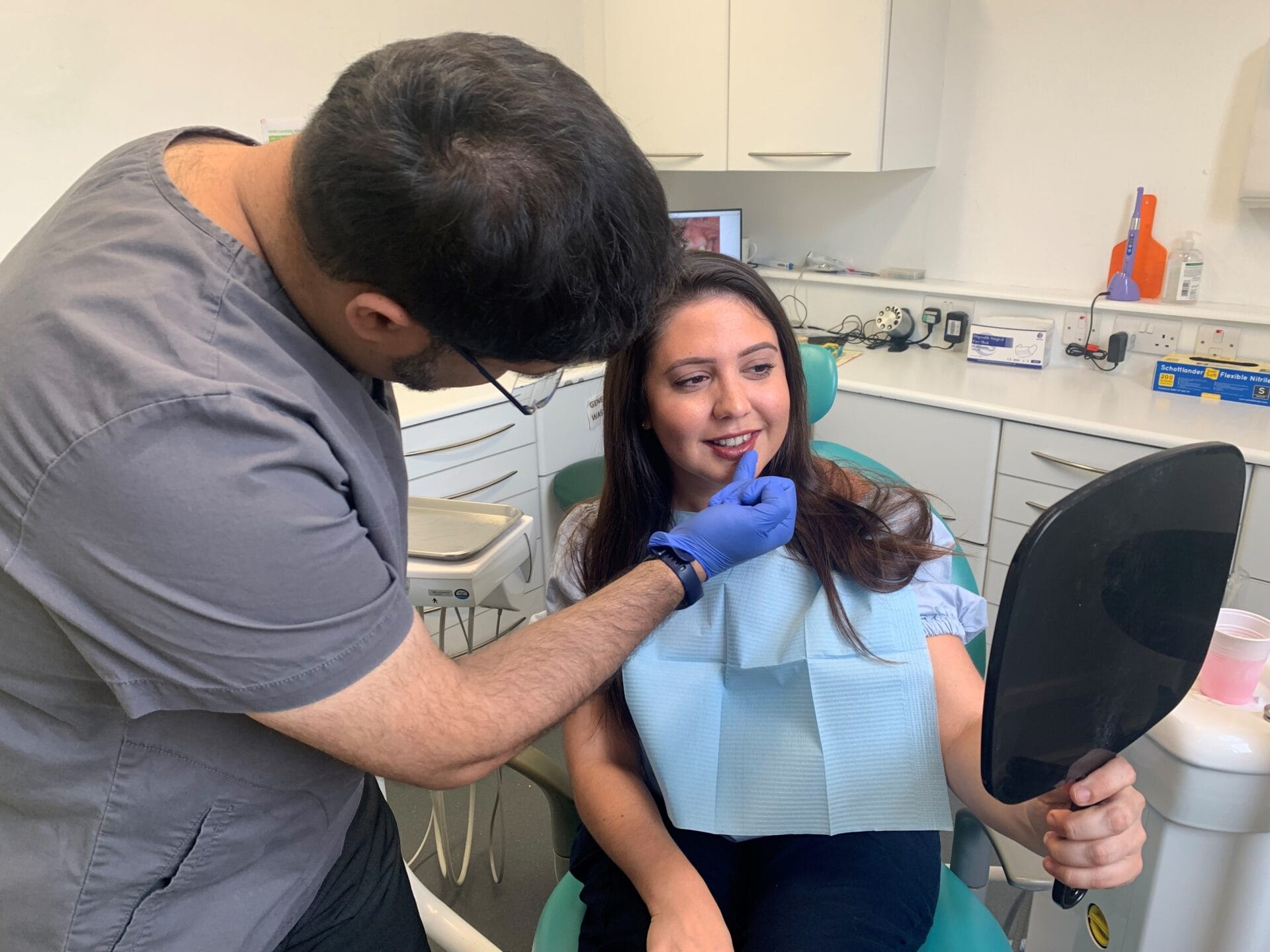Your Guide to Dental Implants Kent: Redeem Your Dental Wellness
Your Guide to Dental Implants Kent: Redeem Your Dental Wellness
Blog Article
Experience the Latest Innovations in Dental Implants Technology
As the field of dentistry proceeds to develop, the improvements in oral implant innovation have actually been absolutely nothing brief of remarkable. The combination of technology is changing the functionality of oral implants, promising improved outcomes and patient satisfaction.
Advanced Materials for Boosted Sturdiness
In the world of oral implants innovation, the assimilation of sophisticated products has significantly added to improving sturdiness and long life of these essential oral prosthetics. The utilization of materials such as titanium alloys, zirconia, and ceramic compounds has revolutionized the area by offering enhanced stamina, biocompatibility, and resistance to corrosion.
Titanium alloys are widely used in dental implants because of their phenomenal strength-to-weight ratio, deterioration resistance, and compatibility with the human body. These alloys guarantee the stability and longevity of the dental implant by withstanding the forces put in throughout talking and chewing, providing a trustworthy remedy for individuals seeking sturdy tooth replacements.
Zirconia, a kind of ceramic material, has actually acquired appeal for its biocompatibility and natural tooth-like appearance. Its high strength and resistance to put on make it an ideal selection for dental crowns and bridges, improving the total aesthetic appeals and performance of the dental implant.

Digital Imaging for Precise Placement
The evolution of oral implants innovation has even more advanced with the integration of electronic imaging methods, making certain precise positioning of these prosthetics for optimal practical and aesthetic end results. Digital imaging plays an important function in the preparation and placement of dental implants by providing detailed 3D pictures of the patient's jawbone framework. This innovation allows dental practitioners to assess bone thickness, locate important frameworks, and plan the exact placement and angle for implant placement with unrivaled accuracy.
By making use of digital imaging, dental experts can produce virtual medical guides that act as a roadmap throughout the dental implant positioning treatment. These guides are tailored for every person, taking into consideration their one-of-a-kind makeup and the wanted result. This degree of precision not just enhances the success rate of oral implant procedures yet also reduces the threat of problems.
Furthermore, electronic imaging allows dental practitioners to picture the final prosthetic repair prior to the actual positioning of implants, permitting meticulous planning and guaranteeing that the outcome fulfills the patient's visual expectations. Overall, the assimilation of electronic imaging technology has reinvented the area of dental implants, offering clients a more predictable, efficient, and patient-specific therapy method.

Minimally Invasive Surgical Methods


Advancements in medical techniques have actually caused the advancement of minimally intrusive strategies in the area of dental implantology. These strategies intend to reduce trauma to the patient, reduce recovery times, and enhance total treatment results. Minimally invasive surgeries include smaller sized lacerations, specialized instruments, and progressed pop over to this web-site imaging modern technologies to specifically click for source put oral implants with marginal interruption to surrounding tissues.
One key element of minimally intrusive techniques is using led surgical treatment, where 3D imaging and computer-aided design software application are used to plan the implant positioning with excellent precision. This enables a much more predictable result and can frequently remove the demand for considerable flap surgical treatment.
Furthermore, innovations in materials and implant layout have actually additionally added to the success of minimally intrusive methods. Implants with boosted surface properties promote much faster osseointegration, minimizing the healing time called for prior to the prosthetic reconstruction can be positioned.
3D Printing for Custom-made Solutions
Utilizing 3D printing modern technology in dental implantology enables the production of extremely tailored services customized to private person demands and physiological variations. This cutting-edge technology makes it possible for oral experts to design and fabricate oral implants with remarkable precision and accuracy. By making use of electronic imaging techniques, such as cone light beam computed tomography (CBCT), in-depth 3D designs of the individual's mouth can be created to guide the dental implant intending process.
Among the key advantages of 3D printing in dental implantology is the ability to create patient-specific implants that perfectly fit the special anatomy of each person. This personalized method helps boost the overall success and longevity of the dental implant by ensuring ideal fit and alignment. In addition, 3D printing allows for the production of intricate geometries and intricate frameworks that would certainly be difficult or tough to accomplish utilizing standard manufacturing methods.
In addition, check this 3D printing modern technology enables dentists to improve the implantation procedure, lowering surgical procedure time and boosting general client experience. With its ability to create tailored options quickly and efficiently, 3D printing is reinventing the area of oral implantology, offering individuals innovative therapy alternatives and improved end results.
Integrated Technology for Improved Performance
Applying innovative modern technology in dental implantology enhances performance and accuracy, elevating the standard of treatment for patients undertaking dental implant treatments. Integrated innovation plays a vital role in boosting the total success and resilience of dental implants.
In addition, the combination of computer-aided style and computer-aided production (CAD/CAM) modern technology allows the production of custom dental implant repairs with remarkable precision. CAD/CAM systems make use of digital impacts to design prosthetics that flawlessly fit the person's one-of-a-kind makeup, making certain ideal convenience and functionality. In addition, the use of robotic-assisted surgical treatment in dental implant placement improves precision and minimizes the risk of human mistake.
Conclusion
In conclusion, the current technologies in oral implants modern technology offer improved sturdiness with advanced products, precise positioning with electronic imaging, minimally intrusive surgical strategies, tailored options with 3D printing, and enhanced performance with incorporated innovation - Dental implants Kent. These improvements in oral implants technology are changing the field and giving individuals with even more effective and reliable therapy choices for recovering their smiles and dental health
The assimilation of innovation is changing the functionality of dental implants, promising enhanced outcomes and client fulfillment.
The advancement of dental implants technology has additionally advanced with the assimilation of digital imaging strategies, ensuring specific positioning of these prosthetics for optimum practical and aesthetic outcomes. Minimally intrusive surgical procedures involve smaller sized lacerations, specialized tools, and progressed imaging innovations to specifically place dental implants with marginal disruption to surrounding tissues.
Carrying out sophisticated innovation in oral implantology enhances performance and precision, elevating the requirement of care for patients undertaking dental implant procedures. Dental implants Kent. Integrated innovation plays a critical function in boosting the total success and durability of dental implants
Report this page